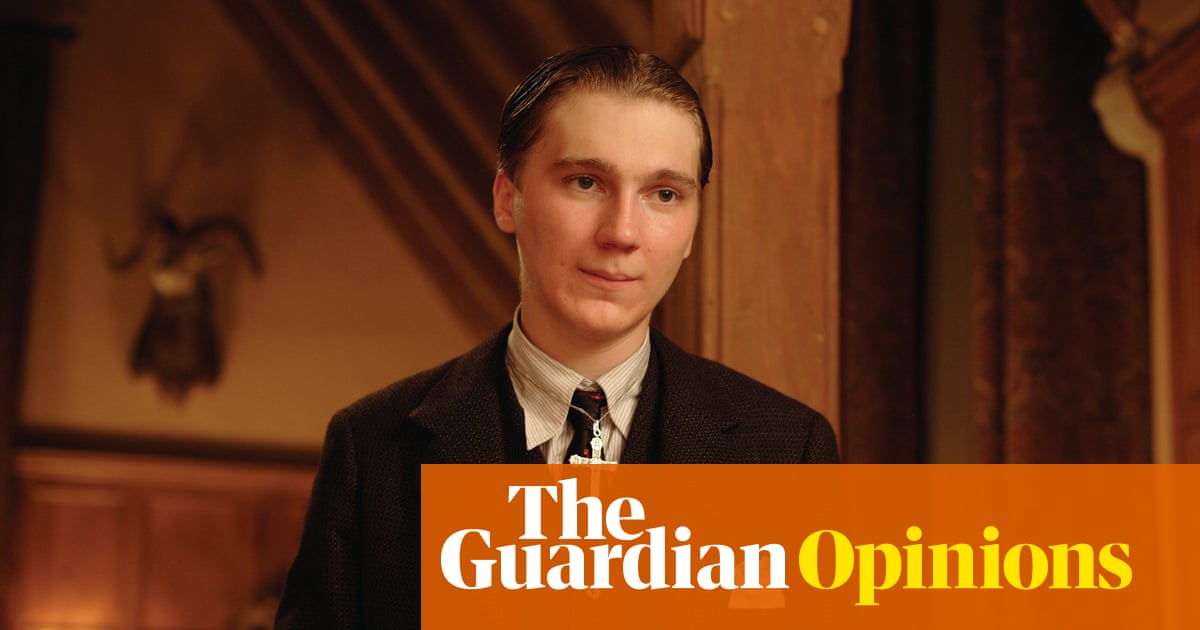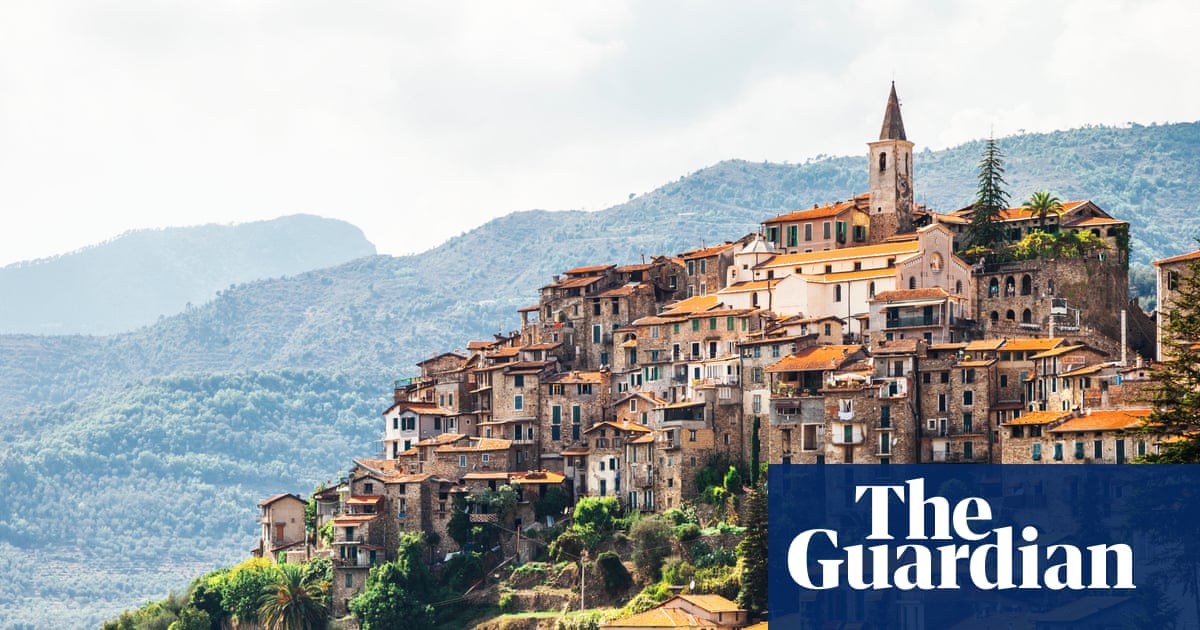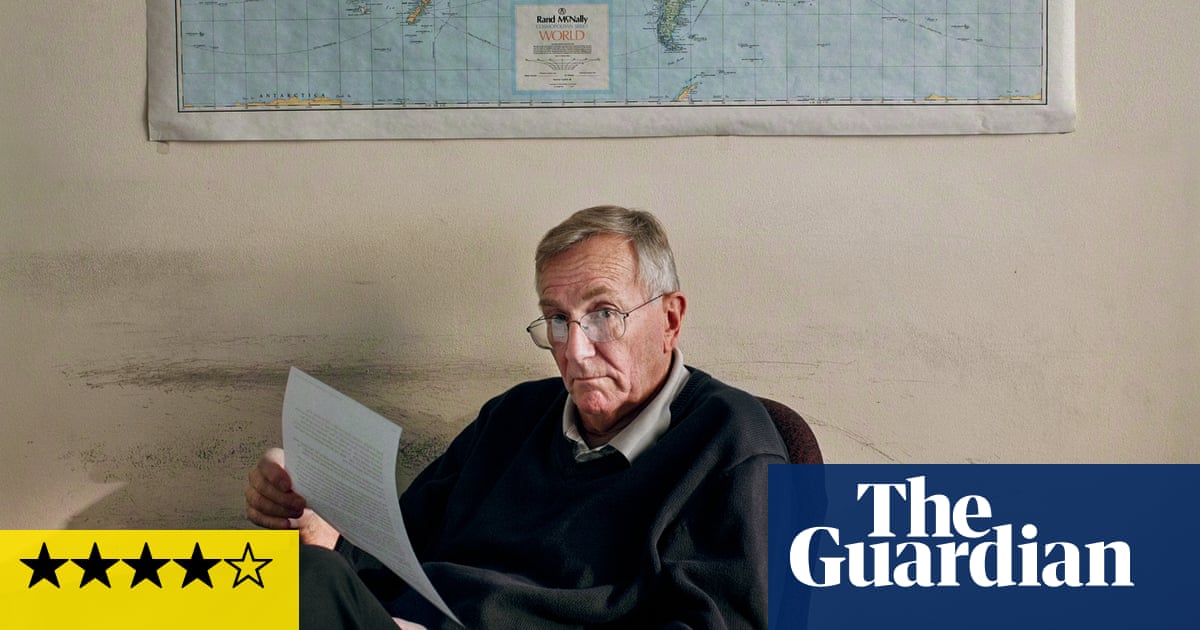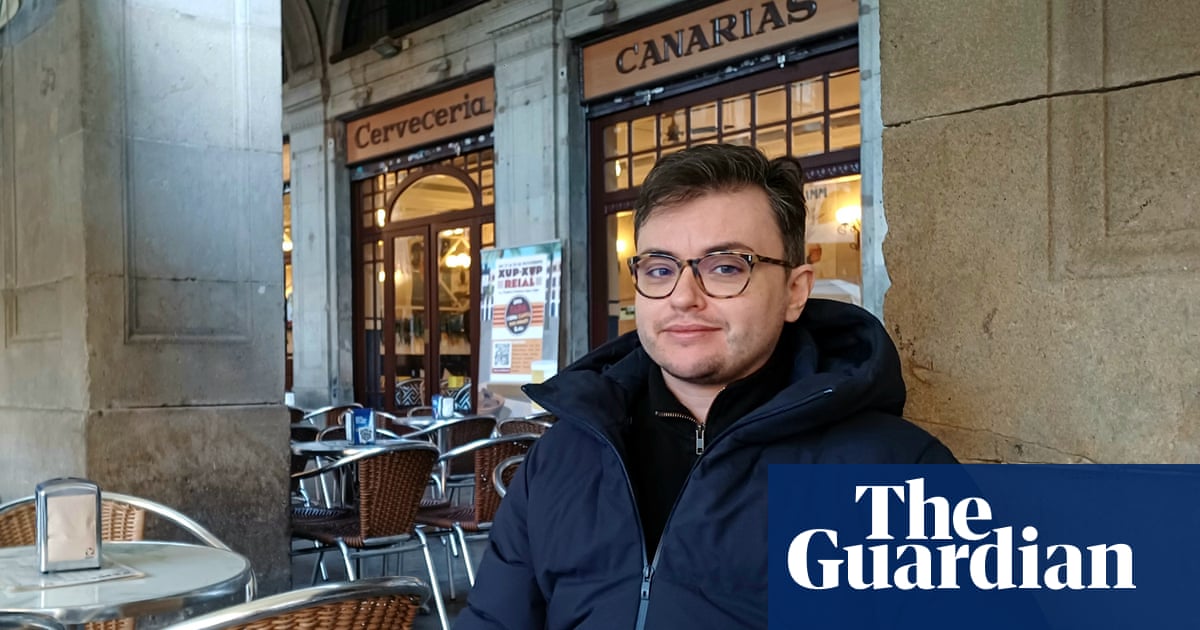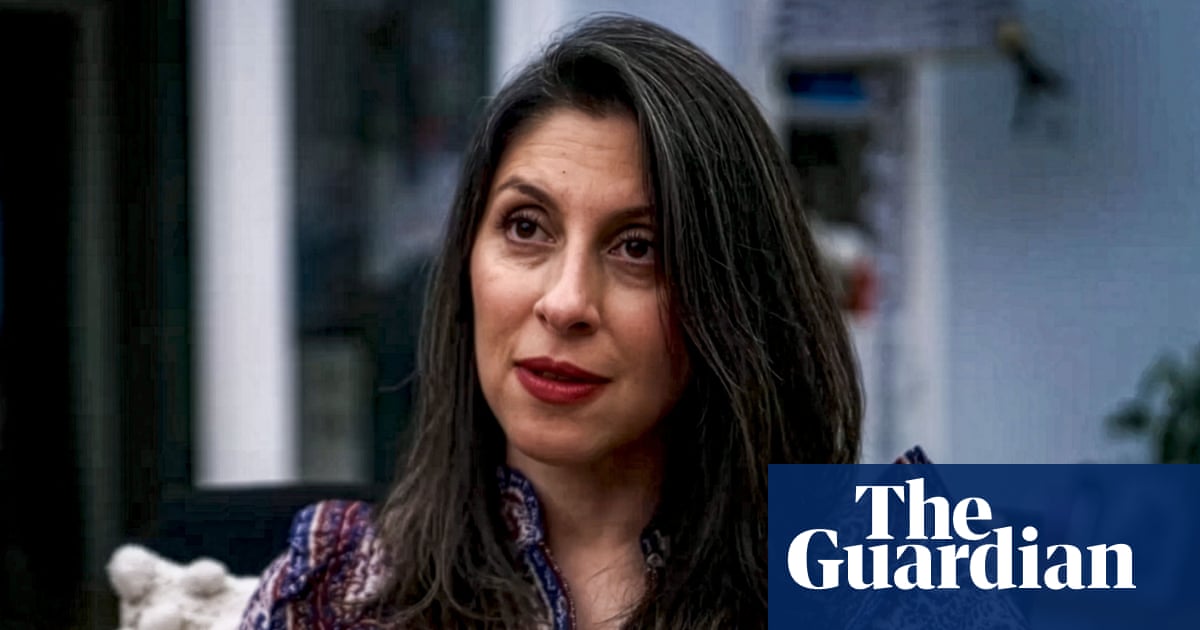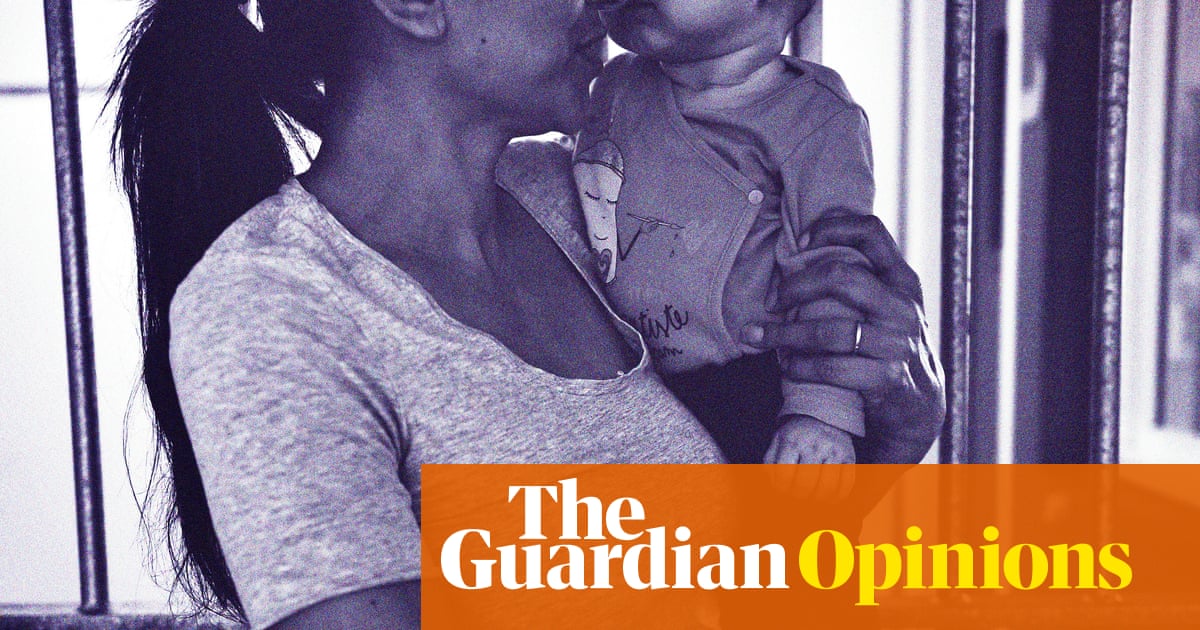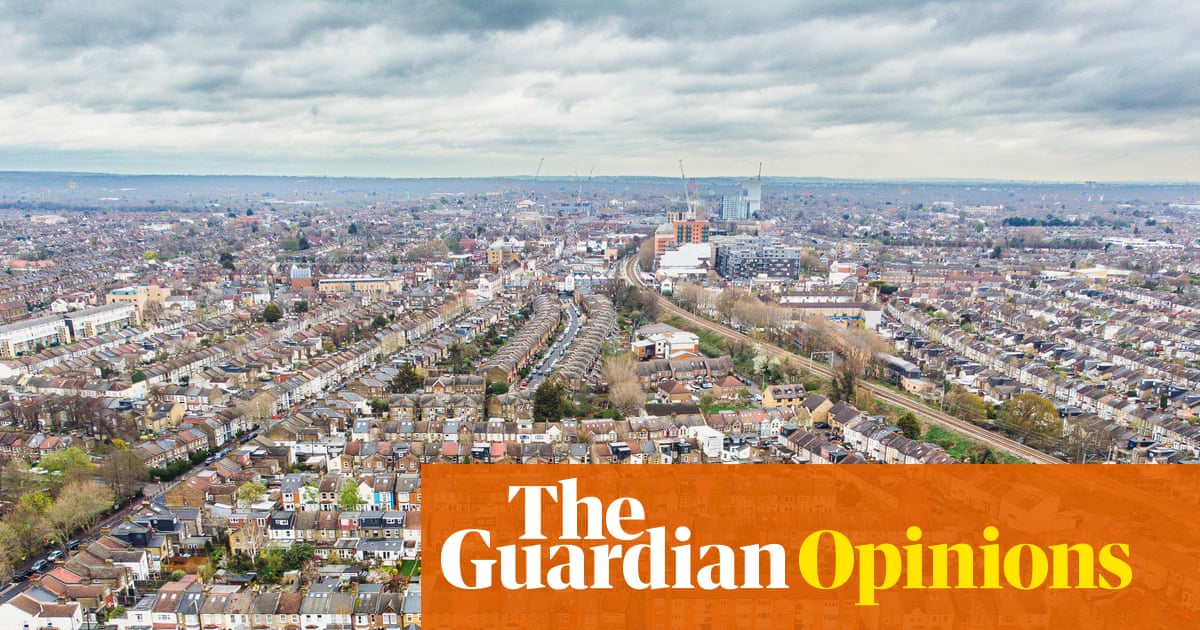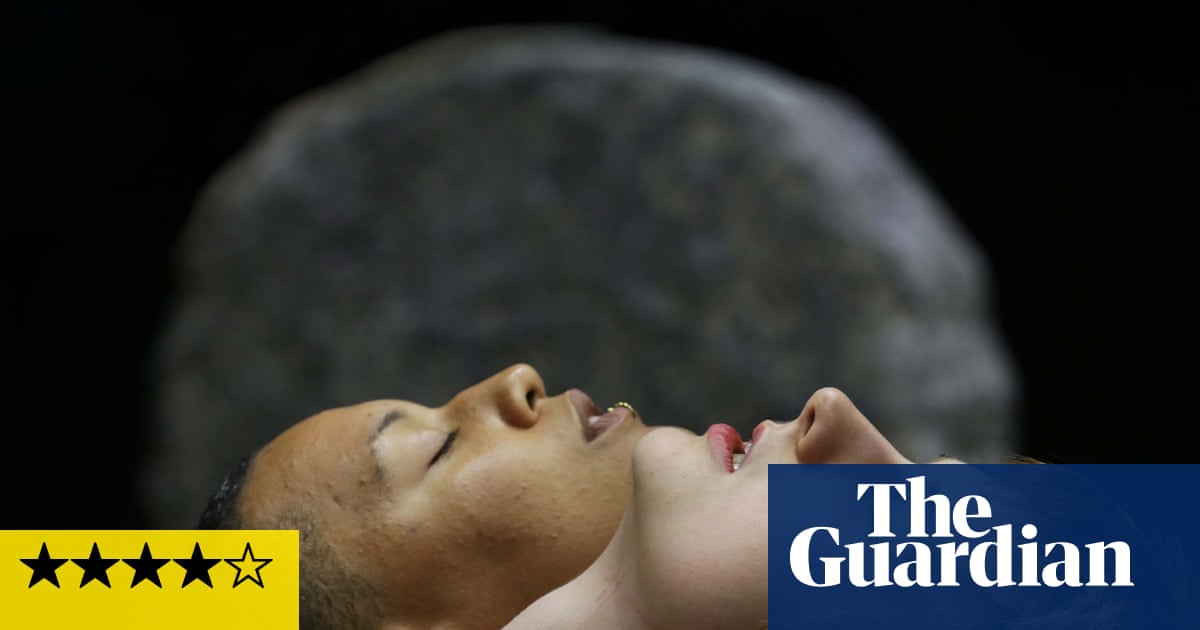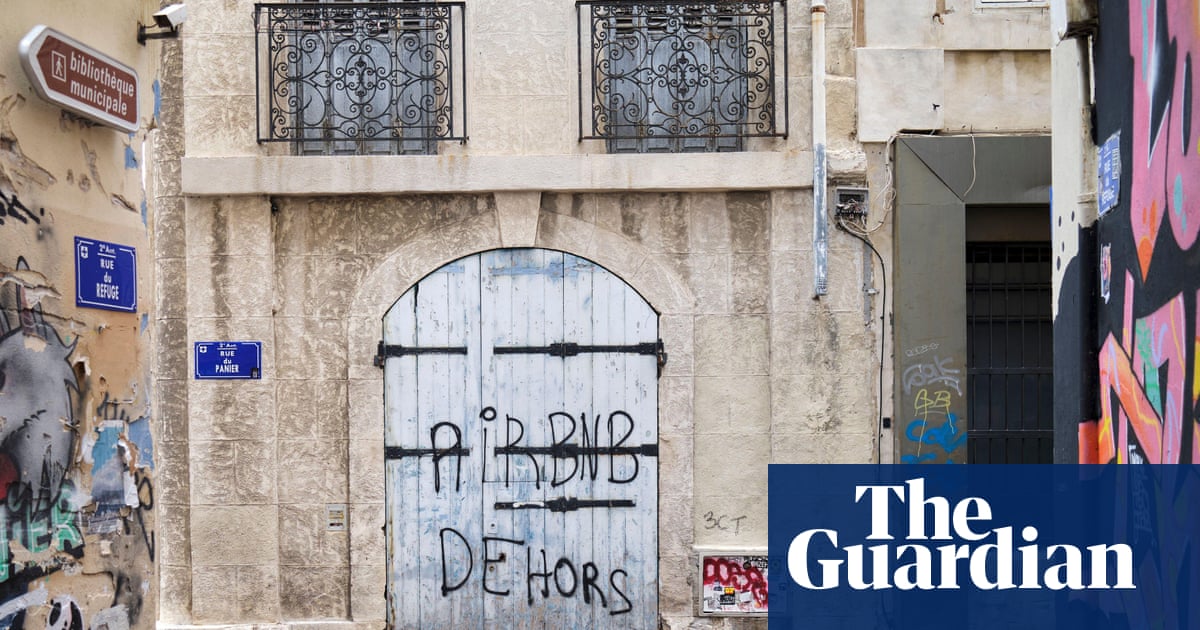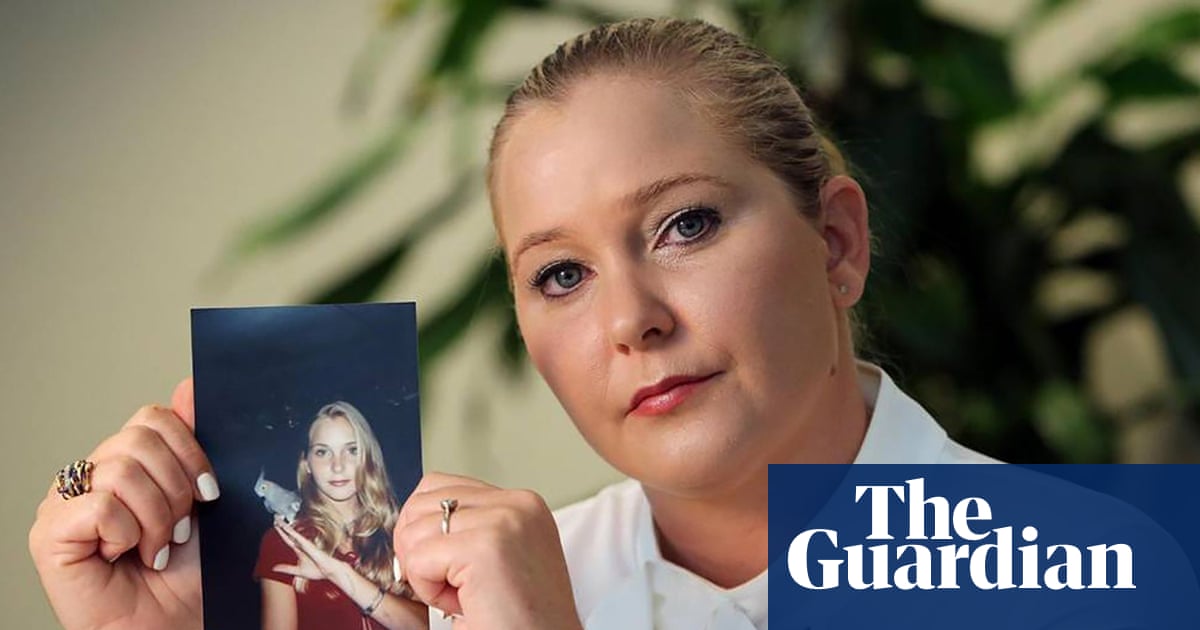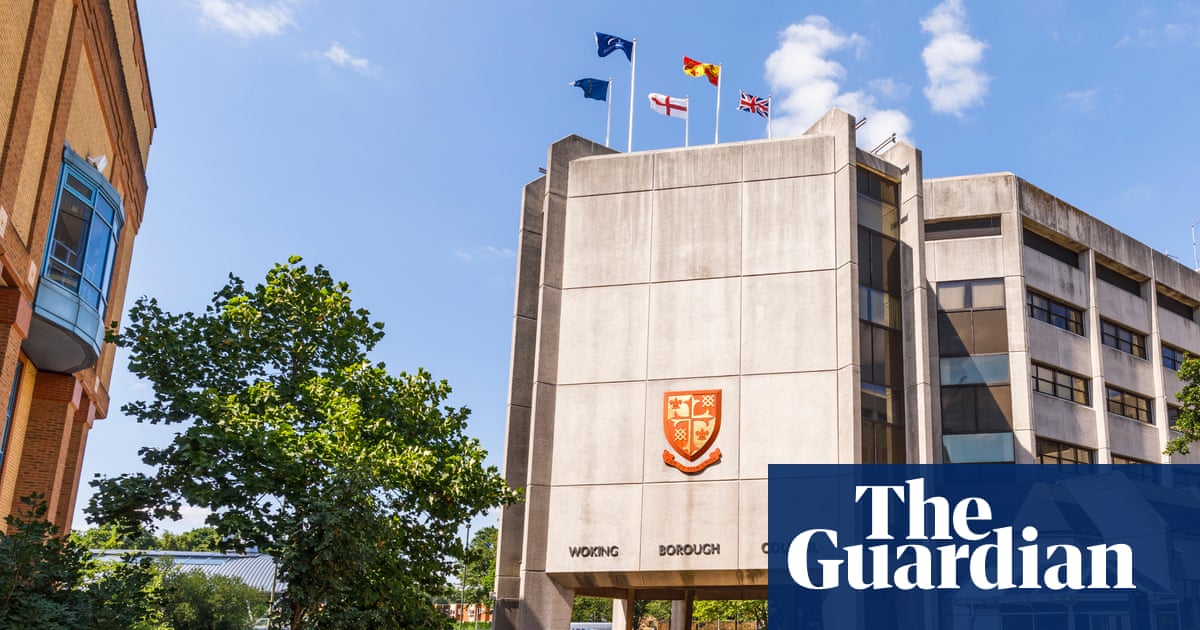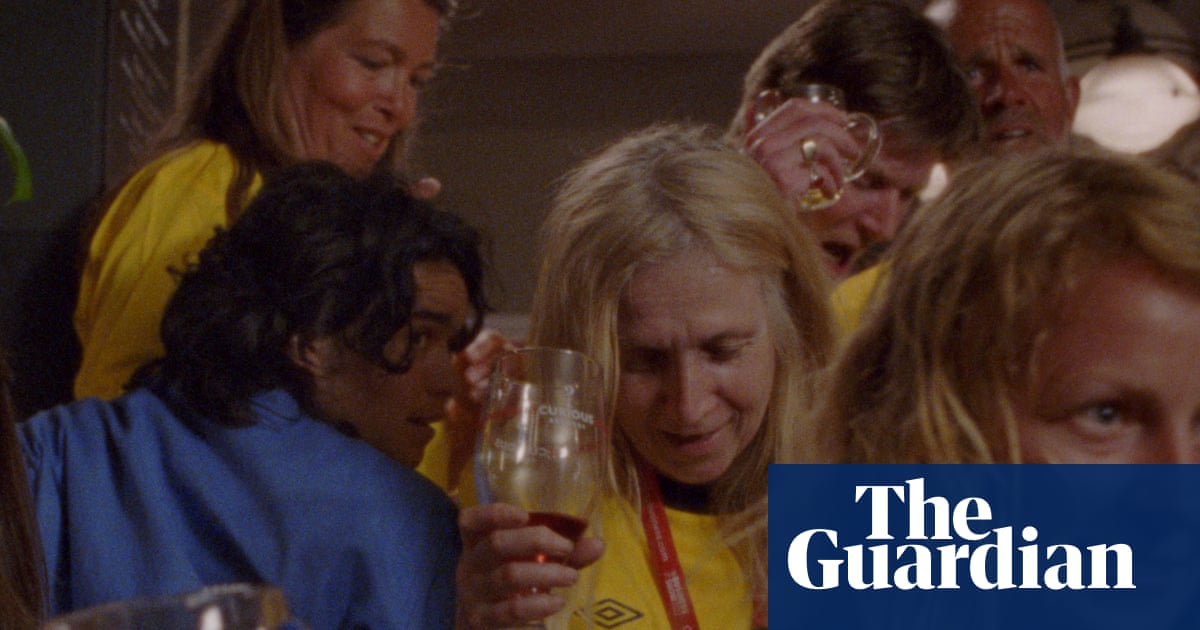The writer Gillian Tindall, who has died aged 87, wrote books that bridged the boundaries between fiction, memoir and history. Over more than six decades, she explored with a novelist’s intuition and historian’s precision how the hidden past shapes places and the people who inhabit them.
No Name in the Street (1959) was the first of more than a dozen novels and short-story collections, leading to the Somerset Maugham award in 1972 for Fly Away Home. Her evolution towards non-fiction began with a biography of a Victorian novelist – The Born Exile: George Gissing (1974) – in whose work London was a powerful presence.
The Fields Beneath: The History of One London Village (1977) traces the gradual absorption of Kentish Town into the capital’s expanding metropolis. It redefined the possibilities of local history by presenting it as a vivid and accessible form of social history.
Its title, like other “found” objects that inspired her work, was discovered carved on to the lintel of a local house – The Fields Lie Sleeping Underneath – and epitomised her representation of the multilayered city.
The persona of the historian always hovers close to Gillian’s narratives, many of which originated from a personal experience or discovery: Célestine: Voices from a French Village (1995) begins with the chance find of a cache of letters in a French farmhouse: a key to revealing the intimate lives of rural families over generations.
She regarded The Fields Beneath and Célestine as her best works; both saw multiple editions, and Célestine was published in French to critical praise.
It amused Gillian that in France she was known as the author of Célestine, while in India she was the author of City of Gold: The Biography of Bombay (1982). Londoners have benefited from what the Times called “masterpieces of micro-history”, in which “‘she deftly weaves together archaeology, social history, politics, myth, religion and philosophy”.
Each new book adopted a distinctive historical framework: the story of a single house over 450 years – The House By the Thames and the People Who Lived There (2006); an account of how Crossrail’s modern line follows an ancient path through the city, in The Tunnel Through Time (2016); biographies centred on remarkable but forgotten individuals; a clutch of talismanic objects that, placed in context, illuminate wider themes in history, in The Pulse Glass: And the Beat of Other Hearts (2019).
Her final completed book unexpectedly brings her work full circle with a return to fiction; Journal of a Man Unknown, the imagined diary of a 17th-century Huguenot ancestor, will be published next month by Spitalfields Life Books.
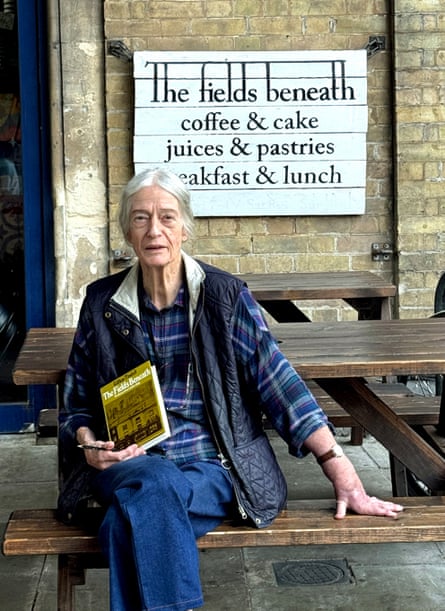
Gillian’s father, Dennis Tindall, came from a line of medical publishers, and her mother was the novelist Ursula Orange. Born in London, Gillian was evacuated to Forest Row, East Sussex, and attended a nearby village school.
An unconventional education at what she called a “dotty” progressive school was followed by a stint in a girls’ boarding school of “deadening intellectual mediocrity”, where she was punished for writing a novel during prep.
Her mother’s suicide when Gillian was in her late teens and her father’s hasty remarriage drew her protectively towards her younger brother, Nicholas, to whom she remained close. After several months living independently in Paris, where she acquired “both French and assorted adult experiences”, Gillian arrived at Lady Margaret Hall, Oxford, to study English literature, which she regarded as a “rest-cure and haven”, resulting in a first-class degree (1959).
This was followed shortly after by her first novel, and she then conducted research for the Stepney Welfare Association, interviewing widows in their East End front rooms. Many faced relocation as their neighbourhoods were sacrificed to what Gillian called the “blinkered enthusiasm” of postwar planners. The destruction of these communities engaged her lifelong interest in urban conservation.
In 1963 she married Richard Lansdown, a child psychologist, and they settled in Kentish Town, the area of north London that would become central to her writing. Their late Georgian terrace house, with its antique showman’s caravan at the end of the garden, features fleetingly in The Fields Beneath. She wrote opinion pieces for the Guardian, Observer and the Times and was a regular contributor to the BBC Radio 3 arts programme Critics’ Forum.
Gillian renewed her connection with France in 1973 when she and her husband bought a modest house in the rural village of Chassignolles, Indre, with no electricity and unconnected to the mains, which they gradually made more comfortable. More than a rural retreat, it provided inspiration and materials for her writing. She was made a Chevalier de l’Ordre des Arts et des Lettres for her contribution to French culture.
Her commitment to public history and conservation remained strong. In 1970 she was a founding member of the Camden History Society, and remained active on its board and those of other historical and conservation bodies. With her encyclopedic knowledge of local planning and incisive thinking, Gillian had little patience for developers who had not done their research or failed to appreciate the history or needs of an area they intended to use. Her principal concern was that London should remain a city where families could continue to go about their everyday lives as they had done for centuries.
She frequently entertained friends at dinner and, as I found, always had time to discuss a historical question or local planning issue over a cup of tea.
Casting aside the manner of the Oxford don that she might easily have been, she was a warm advocate of anyone with an interest in history. She continued to work with characteristic energy, writing and reviewing until the final months before her death from breast cancer.
She is survived by Richard, their son, Harry, and grandsons, James and Bruno. Nicholas predeceased her.

.png) 1 month ago
49
1 month ago
49






